14 Strange Facts About The Human Body.
Nathan Johnson
Published
10/12/2021
in
wow
You may have not known this stuff.
- List View
- Player View
- Grid View
Advertisement
-
1.
 The chemical reactions in the human body emit tiny amounts of light that scientists have been able to capture with ultra-sensitive cameras. Unfortunately, we cannot see it with the naked eye as it is a thousand times weaker than what we can detect.
The chemical reactions in the human body emit tiny amounts of light that scientists have been able to capture with ultra-sensitive cameras. Unfortunately, we cannot see it with the naked eye as it is a thousand times weaker than what we can detect. -
2.
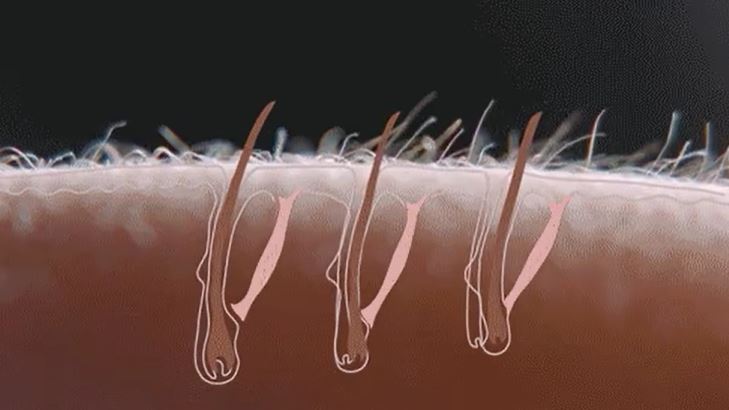 Due to having limited body hair, goosebumps don’t work as well as they do on squirrels or birds. Surprisingly though, goosebumps are the bodies way of trying to stay warm. There is a tiny muscle, the arrector pili, that contracts at each hair follicle to pull the hair upright.
Due to having limited body hair, goosebumps don’t work as well as they do on squirrels or birds. Surprisingly though, goosebumps are the bodies way of trying to stay warm. There is a tiny muscle, the arrector pili, that contracts at each hair follicle to pull the hair upright. -
3.
 The exact use of the appendix is still debated among scientists, but current thinking is that it may serve as a backup storage site for our “good” gut bacteria.
The exact use of the appendix is still debated among scientists, but current thinking is that it may serve as a backup storage site for our “good” gut bacteria. -
4.
 While we typically only realize this when we have a cold, our body only allows us to breathe through one nostril at a time, even when healthy.
While we typically only realize this when we have a cold, our body only allows us to breathe through one nostril at a time, even when healthy. -
5.
 The human body has a similar stripe pattern as Tigers, we just cant see them. Our stripes, called Blaschko lines, are formed as our cells are dividing and our body is growing in utero. The rows of cells look identical but certain rashes follow the lines, making them visible. They can also sometimes be seen under a powerful ultraviolet light.
The human body has a similar stripe pattern as Tigers, we just cant see them. Our stripes, called Blaschko lines, are formed as our cells are dividing and our body is growing in utero. The rows of cells look identical but certain rashes follow the lines, making them visible. They can also sometimes be seen under a powerful ultraviolet light. -
6.
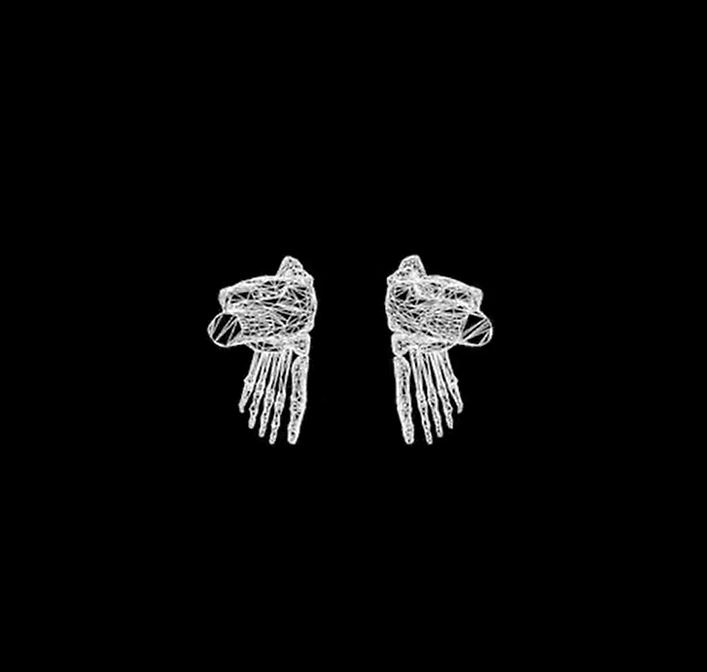 The average adult has roughly 206 bones in their body while a child has about 300. The difference is caused due to cartilage and bones that have not fused together yet.
The average adult has roughly 206 bones in their body while a child has about 300. The difference is caused due to cartilage and bones that have not fused together yet. -
7.
 Yep, we are talking about bodily fluids now. Strange enough, people who say that they don’t have fragrant pee also can’t detect the stink of other peoples urine. The current theory is that we all produce the odor but only some people can smell it as part of our bodies evolution.
Yep, we are talking about bodily fluids now. Strange enough, people who say that they don’t have fragrant pee also can’t detect the stink of other peoples urine. The current theory is that we all produce the odor but only some people can smell it as part of our bodies evolution. -
8.
 The average adult blinks 10-15 times per minute while babies only blink once or twice. Scientists are unsure of why but believe it is because they tend to stare at things for longer stretches.
The average adult blinks 10-15 times per minute while babies only blink once or twice. Scientists are unsure of why but believe it is because they tend to stare at things for longer stretches. -
9.
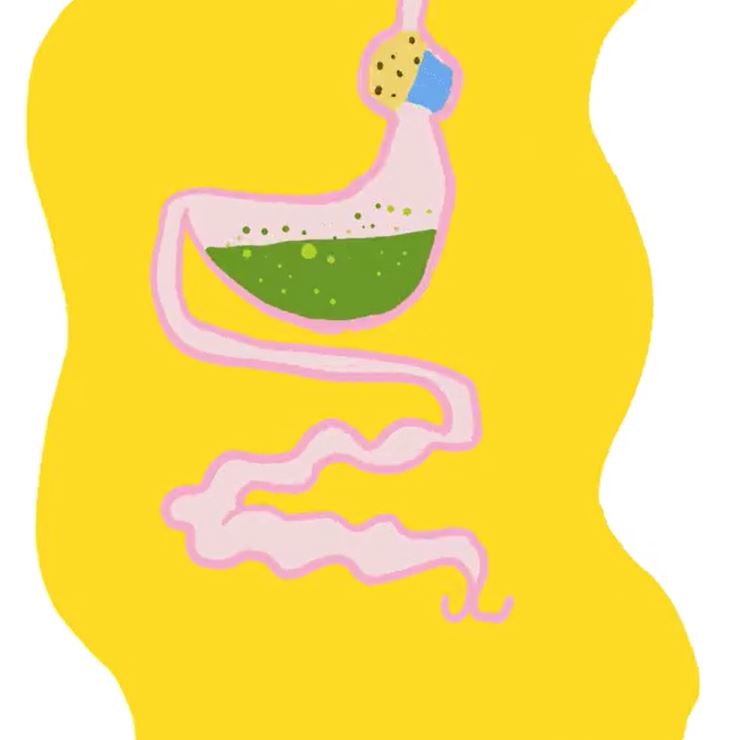 The stomach contains so many enzymes and acids that it slowly digests itself. Luckily the body produces cells quickly enough to replace the cells that get destroyed every day. We end up with a new stomach lining about every three days.
The stomach contains so many enzymes and acids that it slowly digests itself. Luckily the body produces cells quickly enough to replace the cells that get destroyed every day. We end up with a new stomach lining about every three days. -
10.
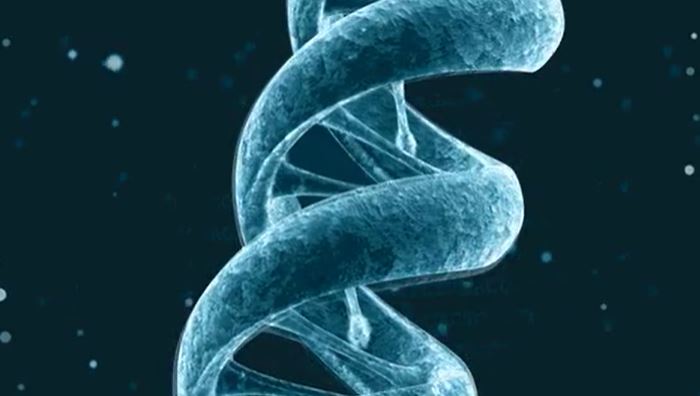 Genetically, all humans have about 99.9% of their DNA in common. All the differences between you and a stranger are within the remaining .1%. If that isn’t shocking enough, you share about 98.8% of your DNA with a chimp.
Genetically, all humans have about 99.9% of their DNA in common. All the differences between you and a stranger are within the remaining .1%. If that isn’t shocking enough, you share about 98.8% of your DNA with a chimp. -
11.
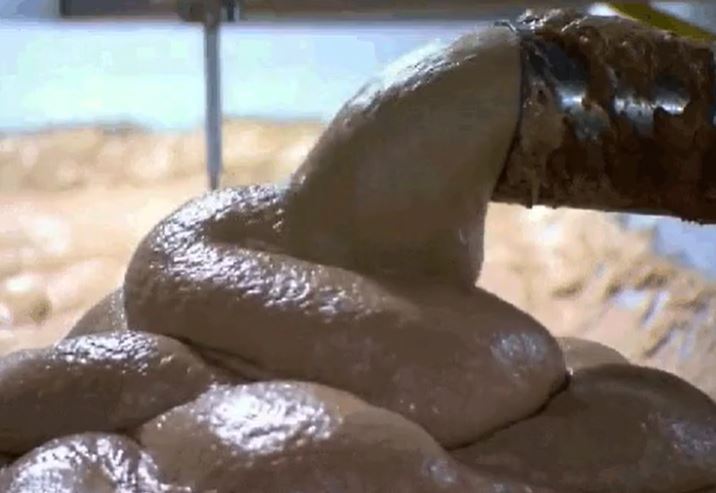 Even though your food enters your body as a solid and, typically, leaves as a solid, it spends its time in your body as a liquid. Through the digestive system, your food is basically subjected to an acid bath before being pushed through the thin tube or the intestines. Once it makes it to your bowels, excess liquid is absorbed back into the body, leaving solid waste at the end.
Even though your food enters your body as a solid and, typically, leaves as a solid, it spends its time in your body as a liquid. Through the digestive system, your food is basically subjected to an acid bath before being pushed through the thin tube or the intestines. Once it makes it to your bowels, excess liquid is absorbed back into the body, leaving solid waste at the end. -
12.
 The body makes .7 liters of saliva a day. That is roughly 68 gallons per year.
The body makes .7 liters of saliva a day. That is roughly 68 gallons per year. -
13.
 When astronaut Scott Kelly returned from space, he was two inches taller than his twin. People are typically slightly taller in the morning than we are by the end of the day.
When astronaut Scott Kelly returned from space, he was two inches taller than his twin. People are typically slightly taller in the morning than we are by the end of the day. -
14.
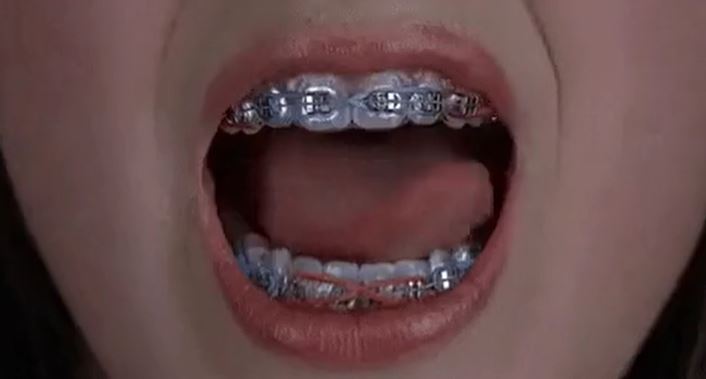 Teeth have a coating called enamel (the hardest substance in the human body), are made of dentin underneath, and have a pulp full of nerves and blood vessels on the inside. Bones, by contrast, have fatty marrow and/or something called “spongy bone” on the inside, and the outside of the bone is coated in a membrane. Bone is full of collagen and blood vessels; the hard parts of teeth have neither.
Teeth have a coating called enamel (the hardest substance in the human body), are made of dentin underneath, and have a pulp full of nerves and blood vessels on the inside. Bones, by contrast, have fatty marrow and/or something called “spongy bone” on the inside, and the outside of the bone is coated in a membrane. Bone is full of collagen and blood vessels; the hard parts of teeth have neither.
- NEXT GALLERY
-

- 32 Pics To Remind You That Life Is Beautiful.
The chemical reactions in the human body emit tiny amounts of light that scientists have been able to capture with ultra-sensitive cameras. Unfortunately, we cannot see it with the naked eye as it is a thousand times weaker than what we can detect.
14/14
1/14
Categories:
Wow





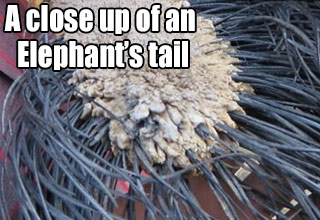
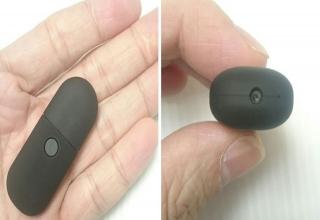
0 Comments